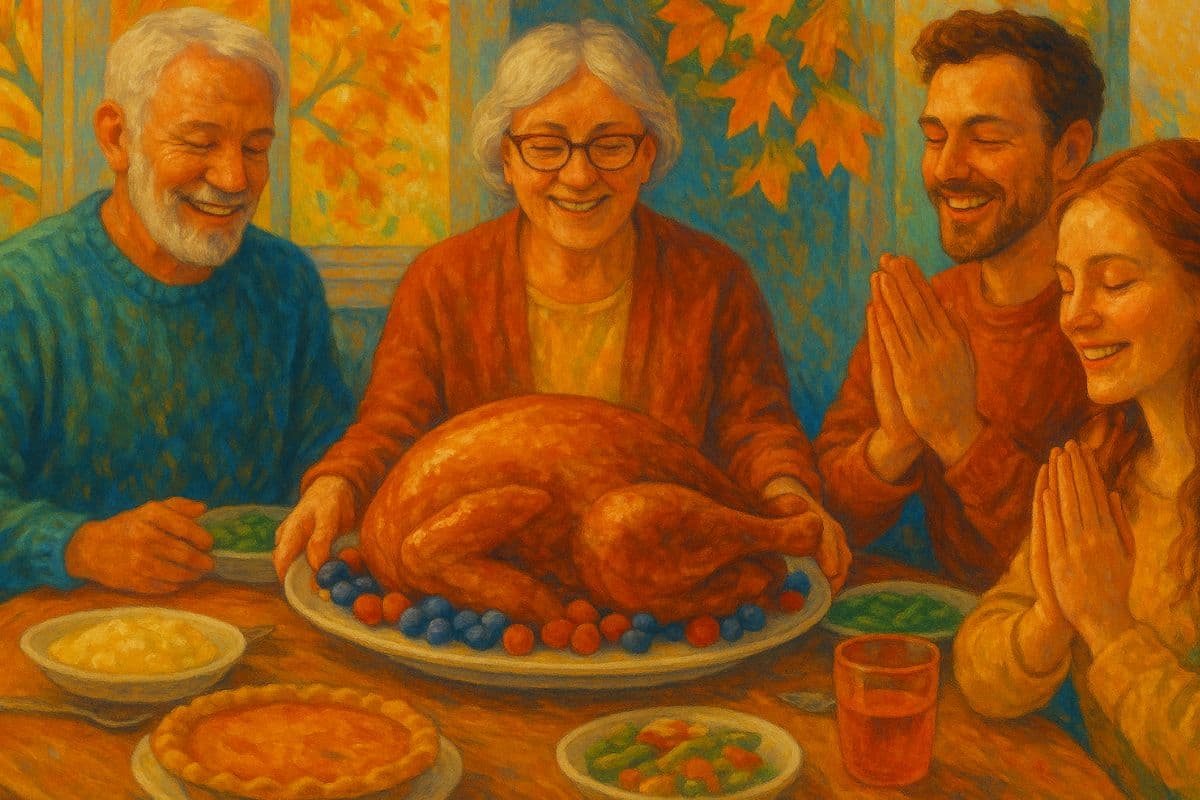Randhan Chhath Puja 2025: Significance and step-by-step ritual guide

Discover Randhan Chhath 2025 rituals and meaning
Certain mornings of August carry a special kind of softness. The air is laced with the smell of wet earth, roofs drip with rain, and in many Gujarati kitchens, the stove is busier than usual. This is the occasion of Randhan Chhath, a very special day in the Gujarati calendar. It falls a day before the festival of Sheetala Satam, a festival honouring Sheetala Mata, the cool goddess who guards devotees against disease and keeps the home healthy. On Sheetala Satam, no one cooks and the kitchen is kept cool and quiet. That is why Randhan Chhath is spent cooking all the food for the next day. It is usually observed on the sixth day (Chhath) of Krishna Paksha, and while it is a part of Sheetala Mata’s worship, it holds its own importance. Randhan Chhath is a day when meals are prepared with care and the kitchen is kept pure, all while offering prayers for the health and harmony of one’s family.
Why is Randhan Chhath celebrated?
Randhan Chhath is quite closely linked to Lord Balram, the elder brother of Krishna. He who was born two days before Janmashtami, and in many traditions, this day is considered his birthday, also called Balarama Jayanti or Hal Chhath. Balram is the deity of the plough and agriculture. He is a symbol of food, labour, and nourishment. On this day, women keep fasts for the health, happiness, and long lives of their children. They also honour Balram and Sheetala Mata for blessings of good harvest, prosperity, and protection from illness. At its heart, Randhan Chhath is all about motherhood, food security, and the deep bond between the kitchen and the well-being of a household.
Names across regions
Though the spirit remains the same everywhere, Randhan Chhath is also known by other names: Hal Chhath, Harchhath, Pinni Chhath, Lalahi Chhath, and Chandan Chhath, each shaped by local customs. In farmer families, the plough and tools are cleaned and worshipped; in others, special dishes are the main focus.
Auspicious timings for Randhan Chhath 2025
In 2025, Randhan Chhath will be observed on August 14 (Thursday). The Shashthi Tithi will begin at 4:23 am on August 14 and will end at 2:07 am on August 15. Some key muhurats for cooking and rituals are:
Amrit Kaal: 6:50 am to 8:20 am
Abhijit Muhurta: 11:59 am to 12:52 pm
Vijay Muhurta: 2:37 pm to 3:30 pm
Ravi Yoga: 9:06 am (Aug 14) to 5:50 am (Aug 15)
Sarvartha Siddhi Yoga: All day
Many families try to complete their cooking in these auspicious windows, believing that food prepared in sacred time carries extra blessings.
Step-by-Step ritual guide for Randhan Chhath
Morning Bath and Vow: Begin before sunrise. Take a full bath and wear clean, modest clothes. Women often choose bright, auspicious colours. Take a mental vow to observe the fast and complete the day’s cooking with devotion.
Kitchen Cleansing: The kitchen is swept and scrubbed clean. In some homes, a thin coating of cow dung mixed with water is spread on the floor, which is a traditional way to purify the space.
Set a Small Altar: Arrange a place for worship in or near your kitchen with images of Balram Ji and Sheetala Mata. Offer belpatra leaves, durva grass, turmeric, kumkum, and grains.
Cooking in Purity: Use earthen, brass, or wooden vessels if possible. Prepare sattvic food (no onion, garlic, or meat). Common dishes include puri, dal-chawal, kheer, and pitha. Cook in calmness, avoiding arguments or idle chatter, as many believe food absorbs the energy of the one who prepares it.
Cover and Store: Once cooked, let the food cool and then cover it with a clean cloth. Store it carefully for the next day’s offerings and meals.
Evening Devotion: In the evening, perform a small puja in the kitchen, symbolically offering a portion of the cooked food to the gods.
What to Avoid on Randhan Chhath
-
Eating the food prepared on this day before it is offered the next morning.
-
Cooking without bathing or cleaning the kitchen.
-
Using impure or leftover ingredients.
-
Any activity that disturbs the sanctity of the cooking process.
Blessings and meaning
Those who observe Randhan Chhath with faith believe they receive:
-
Long life and health for their children.
-
Protection from illness through the blessings of Sheetala Mata.
-
Prosperity and food security in the household.
-
A home filled with harmony and peace.
It is also a reminder of how earlier generations used tradition to combine faith with hygiene. Resting the kitchen for a day helped maintain cleanliness before refrigeration existed.
Randhan Chhath in modern life
Even in cities, families find ways to keep the tradition alive by cooking in steel vessels instead of clay, storing food in refrigerators instead of cool storage rooms. The heart of the ritual remains unchanged: to cook with care, to honour the goddess, and to rest the kitchen for a day. For many, it is also a way to slow down. The day teaches that cooking is more than a chore. It is an act of love, patience, and quiet prayer.
On 14 August 2025, as kitchens fill with the sweet aroma of kheer and the golden puff of puris, remember that every stir of the ladle is a blessing, and every grain cooked with devotion and love is an offering.
Ask Agastyaa. Let AstroSure.ai guide you in keeping Randhan Chhath’s traditions alive, one sacred ritual at a time.



